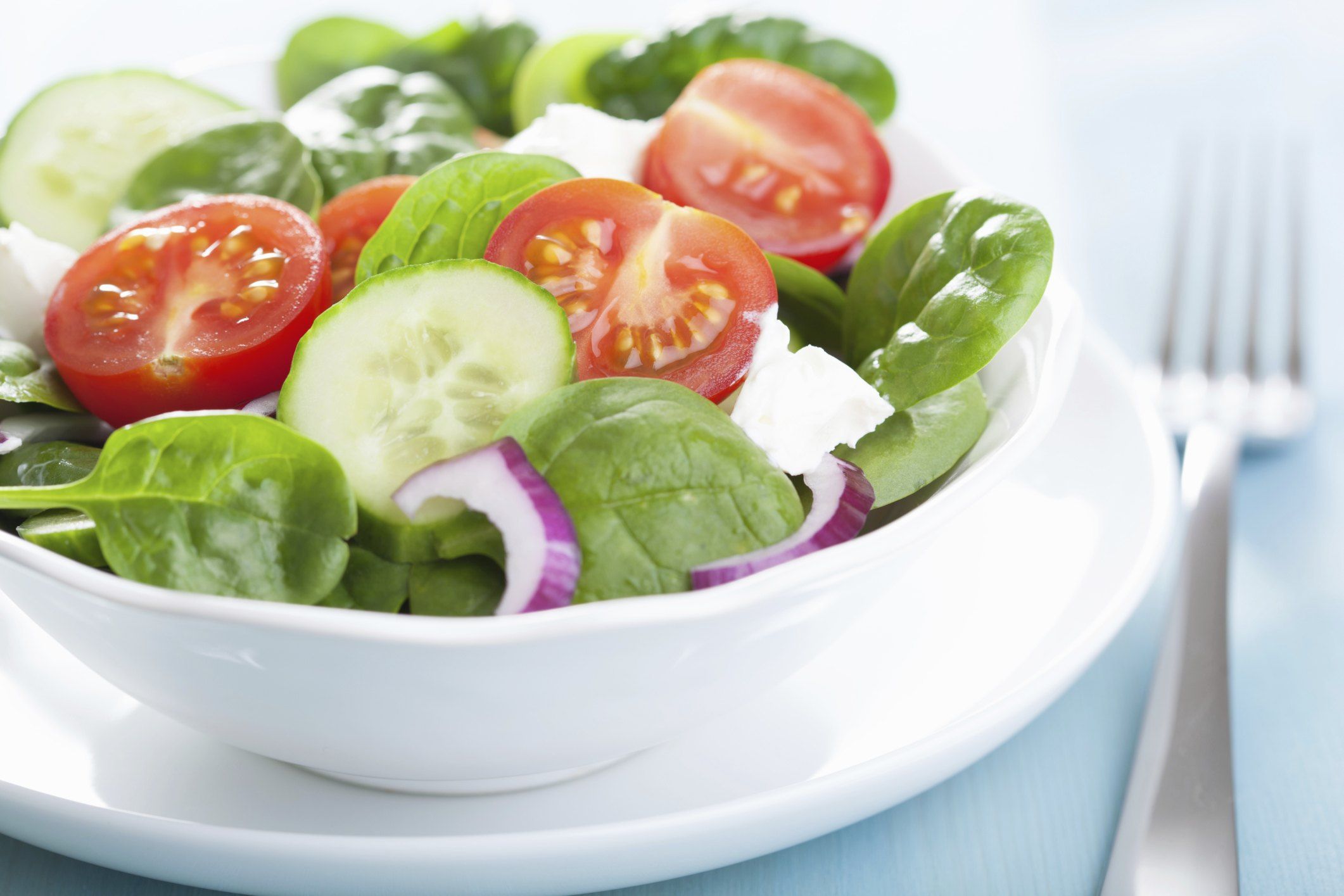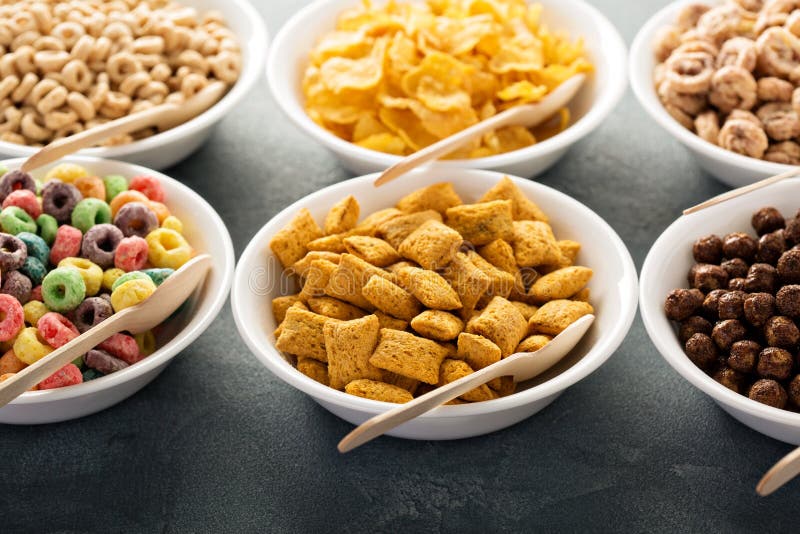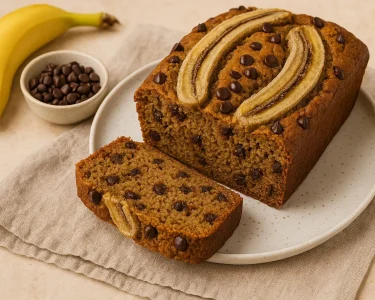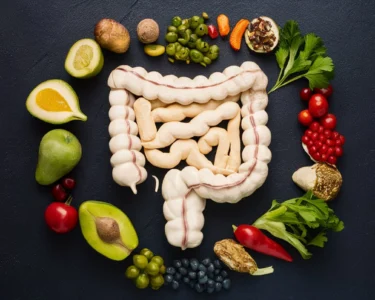The Zone diet advocates eating healthy foods that are low in glycemic index and contain balanced proportions of protein, carbohydrates and fat. Sears also promotes avoiding inflammation-causing processed grains, chemically infused prepared foods and sugary desserts.
There are two methods for tracking your Zone diet macros: the hand-eye method and using Zone food blocks. The hand-eye method is easy to understand and uses your hand as a guide.
Zone Diet Meal Prep Guide
Protein
According to its creator, following the Zone diet can alter hormone levels and allow you to enter the “zone,” a physiological state that reduces inflammation and improves health. The Zone Diet is based on consuming 40 percent carbohydrates, 30 percent protein and 30 percent “friendly fats.” Sears claims that eating in the zone can also optimize cognitive function, slow signs of aging and accelerate weight loss.
Zone dieters are encouraged to consume a specific amount of protein based on their body type and activity level. They are also supposed to eat specific amounts of carbohydrate-based foods, favoring low-glycemic choices such as fruits and vegetables over traditional starches like bread and pasta. They’re also advised to eat a certain amount of healthy fats, including olive oil, nuts and avocados.
In order to follow the Zone diet, you need to be able to balance your protein, carbohydrate and fat intake at each meal and snack. You can do this by using Zone food blocks, which are calculated based on your personal macronutrient needs. You can use either the hand-eye method or Zone food blocks, and most people start with the former before moving on to the latter.
A typical Zone meal should contain about 400 calories, with the majority of them coming from protein-rich foods such as lean meats, fish and eggs. You should also have low-glycemic carbohydrate options such as berries, salad greens and whole grains. You should also have a small amount of fat from the likes of olive oil, avocado and almonds.
The Zone diet recommends you eat three to five meals and two snacks each day. Each meal should contain three to five Zone blocks, with each block consisting of a protein block, a carbohydrate block and a fat block. Protein blocks contain 7 grams of protein, carbohydrate blocks contain 9 grams of carbohydrates and fat blocks contain 1.5 grams of fat.
The Zone diet can be difficult to stick to for the long haul, especially if you don’t enjoy the idea of counting and tracking your food. It can also be very expensive, since the recommended dietary choices can include many high-priced supplements.
Carbohydrates
The Zone diet focuses on getting insulin and other hormones into a “zone” that reduces inflammation and optimizes your health. The diet recommends eating three meals and two snacks a day that contain low-fat protein, such as skinless chicken, turkey and fish; carbohydrates from fruits, vegetables and whole grains; and a small amount of “good” fats from olive oil, avocado, nuts and seeds. It also discourages eating foods that are high in sugar, which increases inflammation.
Following the Zone diet means choosing a wide variety of foods and preparing them in ways that will satisfy your personal preferences. While the Zone meal prep guide does have some specific do’s and don’ts, most recipes can be altered to fit your tastes as long as you keep the proportions in mind.
Every Zone meal must start with adequate protein, which is the most important ingredient in reducing insulin resistance. After that, you should fill the remainder of your plate with preferred non-starchy vegetables and fruits. Finally, you should add a dash of monounsaturated fat to the meal.
While the Zone diet does not have any banned foods, it does stress avoiding high-sugar fruits and vegetables such as raisins, bananas and corn. It also discourages eating high-fat dairy products such as full-fat yogurt, whole milk and cream, which increase inflammation. It does encourage the consumption of lean meats, seafood and other proteins, as well as healthy fats from avocados, oils, nuts and seeds.
One of the more popular ways to follow the Zone diet is to use the hand-eye method. This involves using your hands and eyes to measure out the portions of protein, carbohydrate and fat for each meal. The Zone website also offers a food block calculator to make this process even easier.
In order to stay in the zone, you must eat at regular intervals, about five-hour intervals. This will prevent hunger and maintain your blood sugar levels throughout the day. The Zone diet also stresses consuming foods that are high in fiber, such as whole grains and vegetables. It also avoids highly processed, chemically infused and packaged foods, which can set other hormones such as cortisol and serotonin awry.
Fat
A zone diet meal plan will allow you to consume the recommended amounts of proteins, carbohydrates and fats while limiting processed and saturated foods. According to Dr Sears, the diet can balance hormone levels and optimize cognitive health while reducing inflammation. It can also boost your natural ability to burn calories and accelerate weight loss.
The diet’s guidelines recommend that one third of your plate consists of lean proteins such as egg whites, low-fat dairy products or skinless poultry; two-thirds should contain carbohydrates with a low glycemic index such as most fruits and vegetables, beans, whole grains and minimally processed pasta; and a small amount of healthy, unsaturated fats from avocados, olive oil or nuts. The diet also discourages sugary drinks and other “junk food.”
Following the zone diet can be a challenge if you are not used to counting macronutrients and measuring your foods. While there are many resources available to help you track your blocks, this can be time consuming and can create stress. The diet also requires you to prepare meals at specified times of day, which can be difficult for busy individuals.
However, if you have the motivation and willpower, you can follow a zone diet successfully. The key is to learn to eat your meals in the right balance, drink lots of water and engage in daily exercise.
The zone diet offers a menu of options for each meal of the day. It is important to plan your meal prep in advance so that you have the proper ingredients on hand when needed. It is also helpful to keep a list of your favorite recipes in case you need a reminder of what you can make on the diet.
The zone diet meal plans use a system called “food blocks” to simplify the diet’s guidelines. Each block represents a particular food and provides the necessary proportions of macronutrients to your body at any given time. A sample block meal plan for an average female contains 11 food blocks per day, which includes breakfast (3 blocks), lunch (3 blocks) and a pre-bedtime snack (1 block). This meal plan can be modified to fit your personal dietary needs.
Snacks
Snacks are an important part of the Zone diet. You need to balance protein, carbs and fat at every meal and snack. There are plenty of options for snacks on the go that don’t require a cooler and won’t spoil. Some of these items are great for young kids and don’t require a spoon so you can avoid making messes while on the go.
The Zone diet recommends that you eat five times a day, three meals and two snacks. Each meal and snack should be no more than 400 calories and include the correct ratio of protein, carbohydrates and fat. You can use the hand-eye method or the zone food block method to track your macronutrients and stay within the Zone.
Both of these methods are very easy to follow and offer flexibility. For example, with the hand-eye method you can use your five fingers to remind yourself that you should eat at least five times per day and not go more than five hours without eating. You can also eat at restaurants using this method as long as you keep your portion sizes in check.
For the Zone food block method, you can choose to fill your Zone blocks with foods that contain a small amount of monosaturated fat and low glycemic carbohydrates. This is an extremely flexible way to eat and can allow you to eat a variety of foods that you might not be able to find prepackaged or at restaurants.
Some of the most convenient snacks for Zone dieters on the go are fruits. Berries, apples, clementines and oranges are good choices. They can be eaten on their own or added to a sandwich for extra flavor and crunch. Another option is to purchase a fruit or vegetable squeezer that makes it easy to get a lot of healthy fruits and vegetables in one snack.
For some crunch, you can try baked chickpeas. Rinse and drain a can of chickpeas, then blot them dry with a paper towel. Mix them with a bit of olive oil, salt and pepper, or other seasonings that you like and bake them for 30 to 40 minutes until they are brown and crunchy. You can even make these ahead of time and store them in your fridge to eat on the go.







